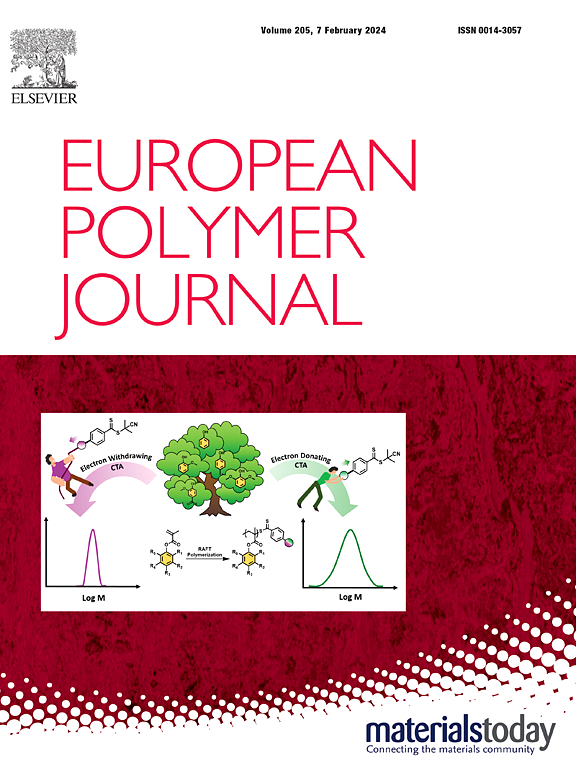Photon-powered composite fabrication: Advancing fiber-reinforced composites with light-induced systems
IF 5.8
2区 化学
Q1 POLYMER SCIENCE
引用次数: 0
Abstract
Fiber-reinforced composites (FRCs) are advanced materials combining fibers (e.g., glass, carbon, aramid) with a polymer matrix to provide high strength, stiffness, durability, and lightweight properties. Traditional FRC manufacturing methods rely on thermal curing, which involves high energy consumption (often exceeding 100 °C for several hours) and long processing times, increasing production costs and limiting sustainability. To address these limitations, light-induced polymerization has emerged as a promising alternative. Light-induced polymerization, a process in which monomers are transformed into polymers through photoinitiators, offers spatial and temporal control, significantly reducing curing times to minutes while minimizing energy consumption. Unlike thermal curing, this method enables precise polymerization using various wavelengths of light, from UV to visible range, while reducing the need for toxic chemicals or solvents. Studies have demonstrated that UV-cured FRCs can achieve mechanical properties comparable to thermally cured composites, depending on the fiber content and resin formulation. Recent advancements, such as stepwise UV curing and radical-induced cationic frontal polymerization (RICFP), have improved light penetration, enabling uniform polymerization even in thick laminates (up to 20 mm). However, challenges such as limited light penetration due to fiber absorption and optical interference remain key barriers to widespread adoption. This review uniquely consolidates recent advancements in light-induced polymerization for FRC fabrication and critically evaluates strategies to overcome these challenges, including photoinitiator selection, diluent optimization, and wavelength tuning. By systematically discussing the role of photoinitiators, fiber types, fillers, and irradiation wavelengths, this work provides novel insights into the chemistry, processing strategies, and future directions of this emerging technology.

求助全文
约1分钟内获得全文
求助全文
来源期刊

European Polymer Journal
化学-高分子科学
CiteScore
9.90
自引率
10.00%
发文量
691
审稿时长
23 days
期刊介绍:
European Polymer Journal is dedicated to publishing work on fundamental and applied polymer chemistry and macromolecular materials. The journal covers all aspects of polymer synthesis, including polymerization mechanisms and chemical functional transformations, with a focus on novel polymers and the relationships between molecular structure and polymer properties. In addition, we welcome submissions on bio-based or renewable polymers, stimuli-responsive systems and polymer bio-hybrids. European Polymer Journal also publishes research on the biomedical application of polymers, including drug delivery and regenerative medicine. The main scope is covered but not limited to the following core research areas:
Polymer synthesis and functionalization
• Novel synthetic routes for polymerization, functional modification, controlled/living polymerization and precision polymers.
Stimuli-responsive polymers
• Including shape memory and self-healing polymers.
Supramolecular polymers and self-assembly
• Molecular recognition and higher order polymer structures.
Renewable and sustainable polymers
• Bio-based, biodegradable and anti-microbial polymers and polymeric bio-nanocomposites.
Polymers at interfaces and surfaces
• Chemistry and engineering of surfaces with biological relevance, including patterning, antifouling polymers and polymers for membrane applications.
Biomedical applications and nanomedicine
• Polymers for regenerative medicine, drug delivery molecular release and gene therapy
The scope of European Polymer Journal no longer includes Polymer Physics.
 求助内容:
求助内容: 应助结果提醒方式:
应助结果提醒方式:


